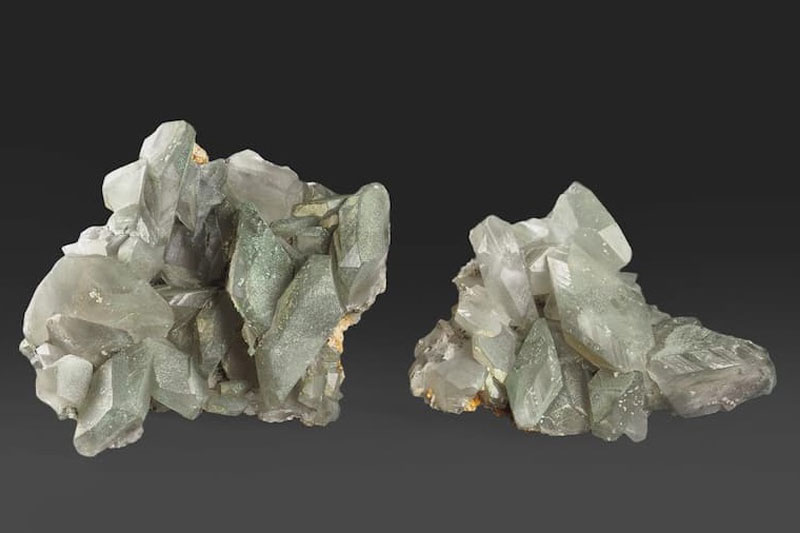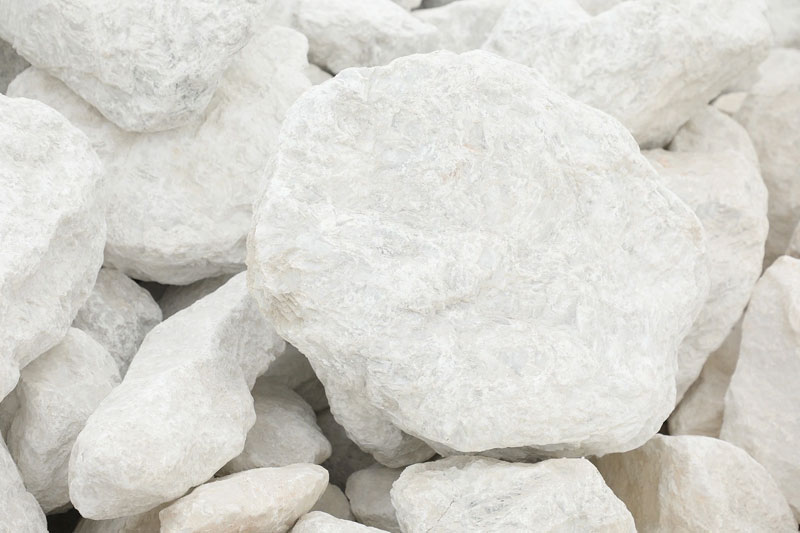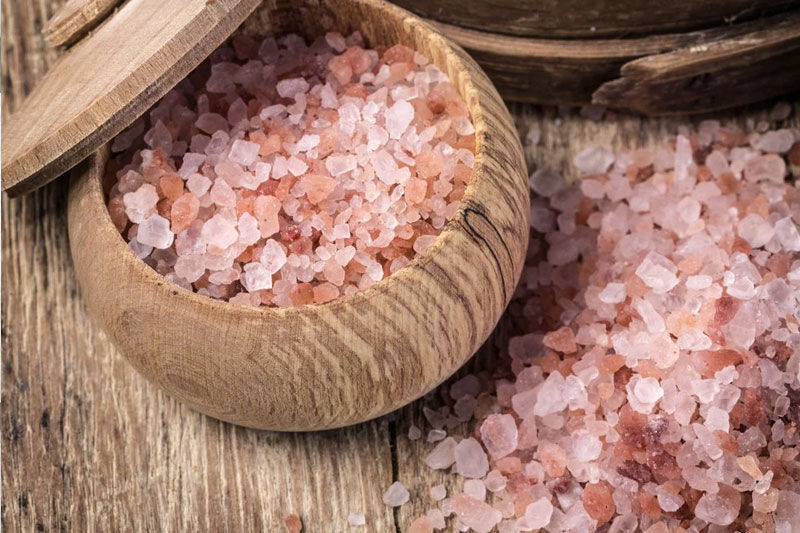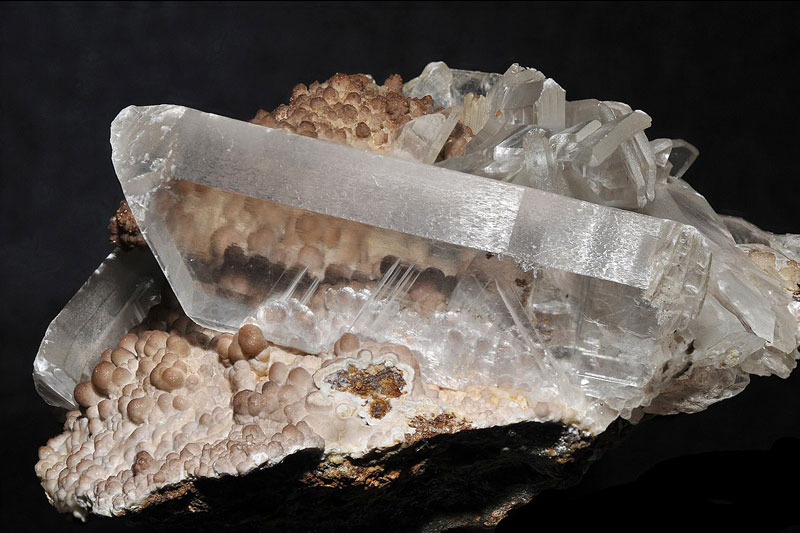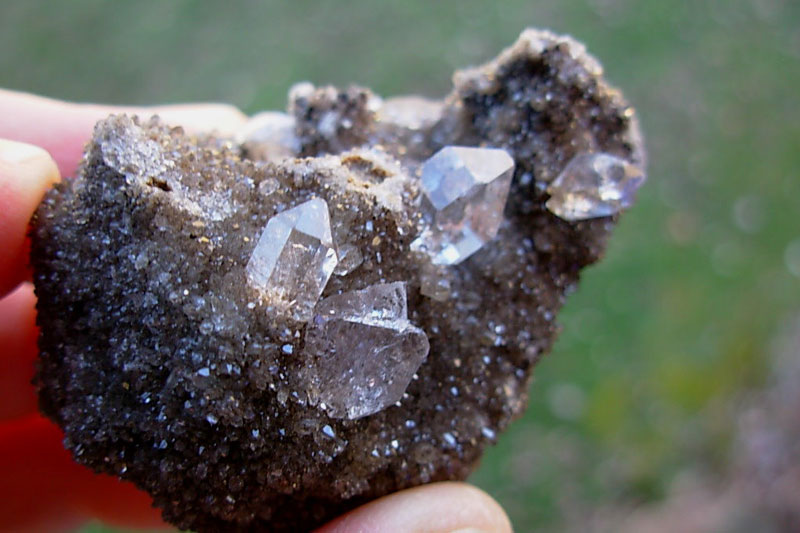Uncategorized
- Filter by
- Categories
- Tags
- Authors
- Show all
June 19, 2023
Published by Alhaddad on June 19, 2023
Zeolite is a type of aluminum silicate stone, comprising a group of compounds primarily composed of silicates and aluminates. It belongs to the alkaline and alkaline earth minerals, appearing as a white powder that can change color when the positive ion is replaced with a transition element. It is highly porous and widely used in chemical absorption processes.
Do you like it?
June 19, 2023
Published by Alhaddad on June 19, 2023
Dolomite is a sedimentary rock composed of calcium carbonate and magnesium carbonate. The mineral crystallizes in the trigonal crystal system. The crystals have a specific shape. It is also found in the form of compact fine or coarse granular masses. It has a glassy or pearly luster in some types. The color tends to be light reddish and it can be transparent, gray, or semi-transparent.
Do you like it?
June 19, 2023
June 19, 2023
Published by Alhaddad on June 19, 2023
Rock salt is the salt left behind by ancient oceans millions of years ago when lakes dried up. These salt layers are now located underground or inside mountains. Rock salt refers to dry salt extracted from evaporite rock layers using mining techniques. Most salt mines are underground, but in salt deserts, rock salt is also extracted on the surface.
Do you like it?
June 19, 2023
Published by Alhaddad on June 19, 2023
Gypsum is a sulfur-containing mineral that is widely distributed in nature. It is abundantly available in the Earth and appears in two forms: as a mineral and as sedimentary rock. It is characterized by its ability to interact with anhydrite, and it can be found in limestone or clay, and it may also occur in dolomite.
Do you like it?
June 17, 2023
Published by Alhaddad on June 17, 2023
Basaltic rocks are well-known in mafic (basic) volcanic rocks and are widely distributed in the Earth's crust. They contain a high proportion of iron and magnesium elements, with a maximum mineral content of 5% in olivine. Geologists have classified basaltic rocks into two categories: alkaline calc-alkaline rocks and alkaline mafic rocks.
Do you like it?
June 17, 2023
Published by Alhaddad on June 17, 2023
Quartz is the second most abundant mineral on the Earth's surface. It consists of one part silicon and two parts oxygen, with a chemical composition of SiO2. It occurs in hexagonal crystal forms and exhibits a variety of colors and shapes, but it is commonly colorless or white. Quartz is known for its glassy luster and has a hardness of 7 on the Mohs scale, meaning it can scratch glass and all types of iron. It also displays conchoidal fracture.
Do you like it?


